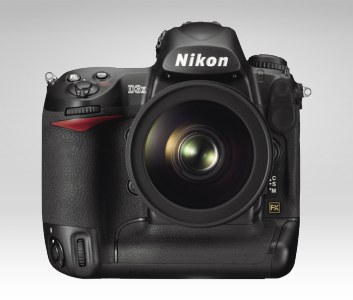- Messages
- 359
- Name
- scott leeson
- Edit My Images
- Yes
I think it shows how new I am to this photography thing. I haven't heard of most of them. I only discovered what a Hass blad thing was about a week ago.
Can someone tell me why for instance the Leica, Mamiya and the Blad are sooo good. :amstupid:
Ian..
i know nothing about film.. but
digital..
the large "medium format" digital sensors allow for more megapixels, and the pixels can be larger, this allong with other things, like the lenses etc.. mean they can produce lovely pictures, with great tones and detail.
also, quality is expected when you pay the price you pay for a modern blad or leica etc..shelling out 20odd grand for a camera, its expected to perform...for a long time!













